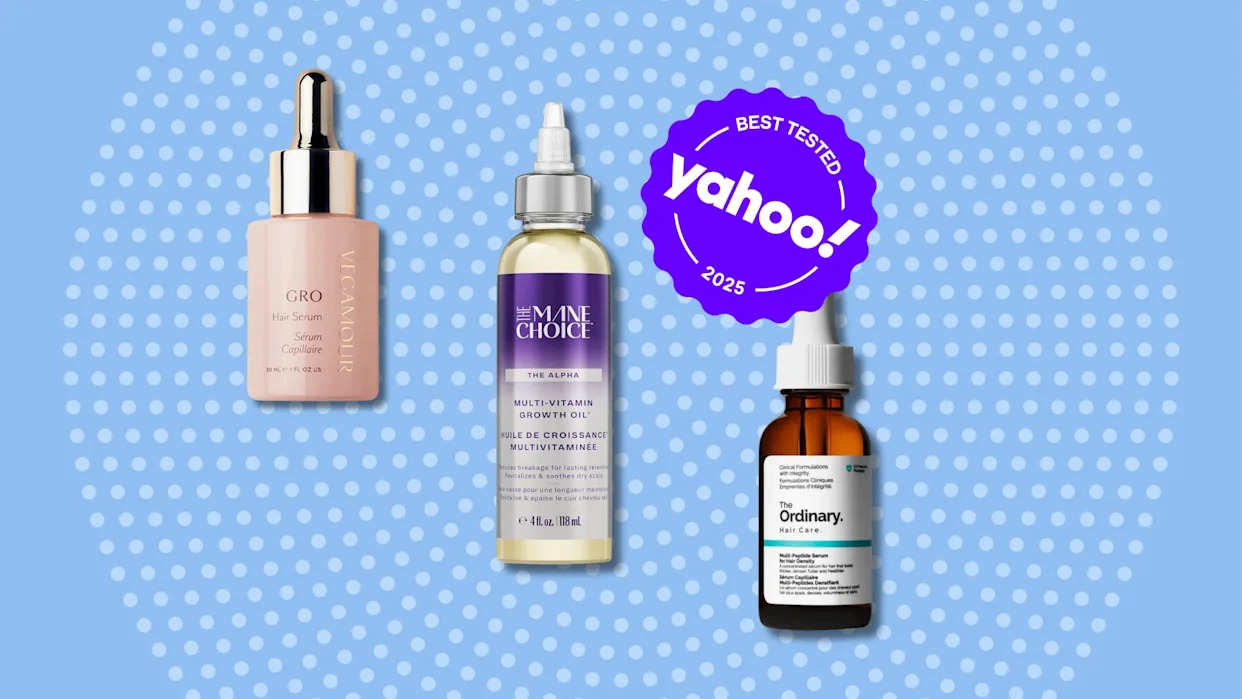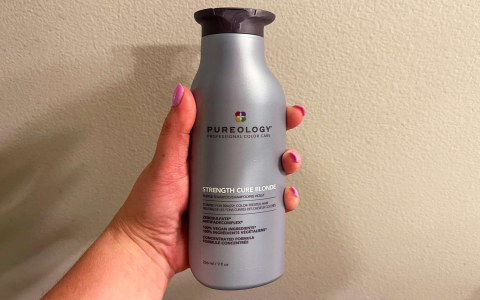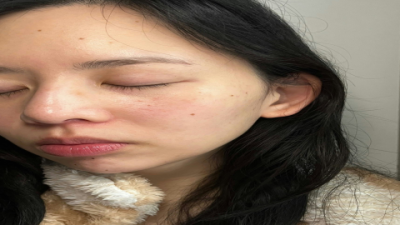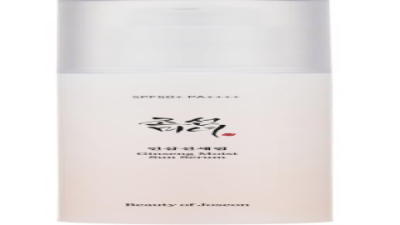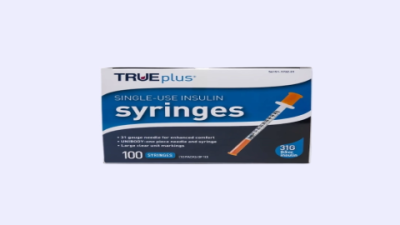Okay, let me be real with you for a second. I've been down this rabbit hole of trying to find the perfect purple hair serum, and honestly? Most of them are complete garbage. Like, seriously disappointing.
You know that feeling when you spend your hard-earned money on a product that promises the world, only to end up with the same brassy mess you started with? Yeah, that was me about six months ago. Standing in my bathroom mirror, staring at my blonde hair that looked more like a traffic cone than anything remotely chic.
The thing is, I've always been skeptical about these purple-bottled miracle workers. Half the time they're just regular conditioner with a drop of food coloring thrown in. But after testing way too many products (my bank account wasn't happy), I finally figured out what actually separates the winners from the wannabes.
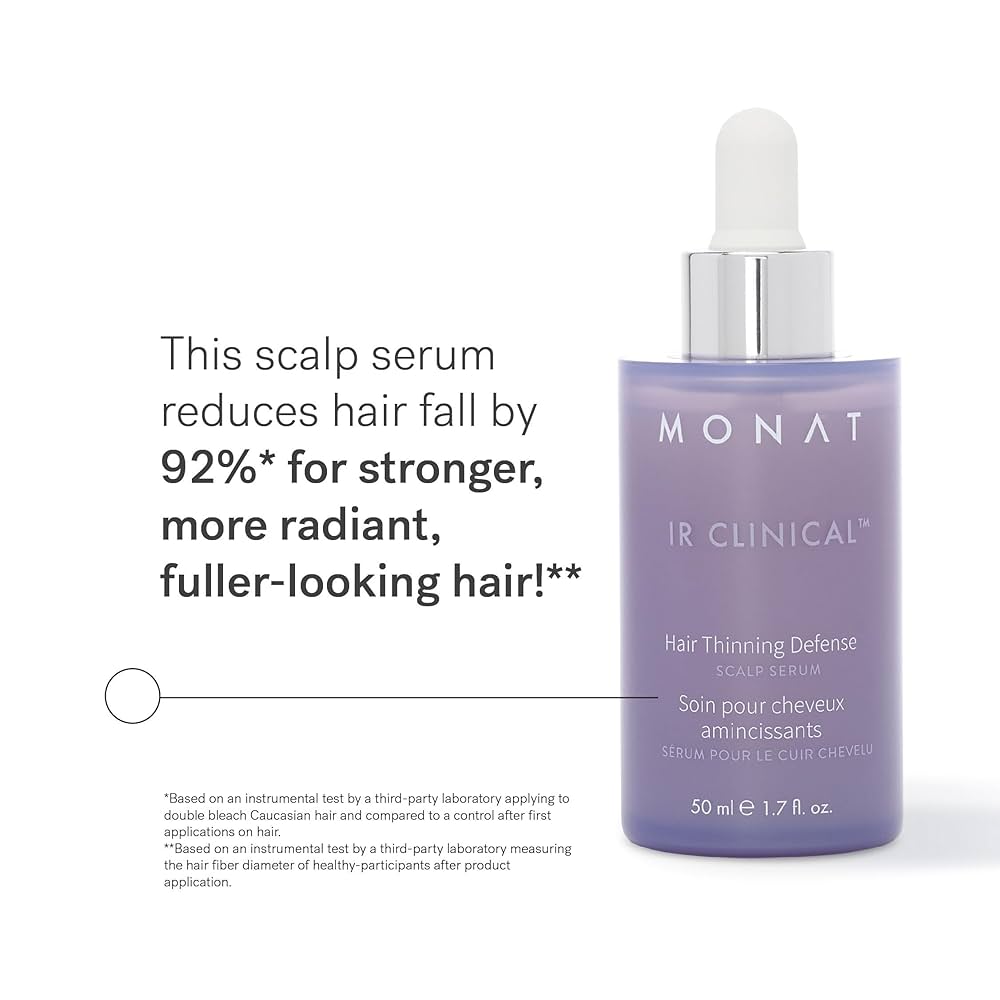
Why Most Purple Serums Are Actually Terrible
Here's what nobody tells you about purple hair serums - most brands are basically selling you expensive purple water. They slap some violet dye in a fancy bottle, charge you $30, and call it a day. The real science behind effective toning is way more complex than that.
Purple serums work because of basic color theory. Remember that color wheel from art class? Purple sits opposite yellow, so theoretically, purple pigments should neutralize those awful brassy tones in bleached hair. But here's where it gets tricky - not all purple pigments are created equal.
The good stuff contains what's called "nano-sized violet pigments." These tiny molecules can actually penetrate your hair cuticle instead of just sitting on top like cheap makeup. Most drugstore serums? They're using bigger pigment molecules that wash out after one shampoo.
The key ingredients that actually matter:
- Acid Violet 43 - This is the real deal for neutralizing brass
- Basic Violet 2 - Works deeper for stubborn yellow tones
- Hydrolyzed Keratin - Keeps your hair from turning into straw
- Panthenol - That's Pro-Vitamin B5, makes everything shinier
- Quaternium-80 - Protects your color investment
I learned all this the hard way, trust me. After my third failed purple serum purchase, I started reading ingredient labels like I was studying for the SATs.
How I Actually Tested These Products
So here's what I did - and yes, it was probably overkill, but I was determined not to waste any more money. I recruited my sister (also a fellow blonde disaster) and two friends from work who were dealing with the same brass struggle.
We tested each serum for six weeks straight. Every week, we'd take photos in the same lighting, rate how our hair felt, and honestly assess whether we were seeing any real improvement. My bathroom counter looked like a chemistry lab by the end of it.
| What We Measured | How Important | Our Method |
|---|---|---|
| Actually removing brass | Super important (35%) | Before/after photos, honest ratings |
| Easy to use | Pretty important (20%) | Time it took, how messy it got |
| Hair condition after | Really important (20%) | Touch test, shine check, damage assessment |
| How long results lasted | Moderately important (15%) | Weekly progress photos |
| Worth the money | Somewhat important (10%) | Cost per use calculations |
The results were... interesting. Some serums that cost twice as much as others performed worse than drugstore options. Meanwhile, a few mid-range products completely blew us away.
The Winners (And Why They Actually Work)
After all that testing, three products consistently delivered what they promised. These weren't necessarily the most expensive ones, but they all shared some key characteristics that set them apart.
The Professional-Grade Champions
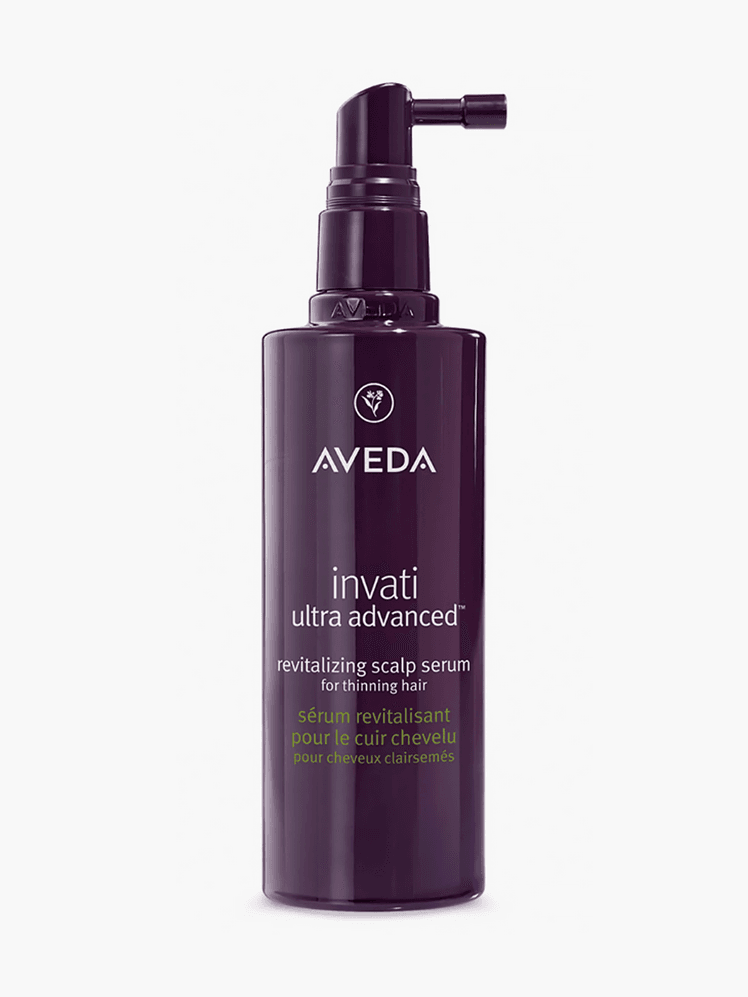
These come from salon brands that really know their color chemistry. They typically contain 1.5-2% violet pigments - that might not sound like much, but it's actually pretty concentrated. What I loved about these is they improved my hair condition while toning it. No dry, crunchy aftermath that usually comes with purple products.
The downside? They're pricey. We're talking $40- per bottle. But honestly, when you calculate cost per use, they often work out cheaper because you need less product and get better results.
The Best Budget-Friendly Options
These surprised me the most. Mid-tier products (around $15-25) that punched way above their weight class. They contain 0.8-1.2% violet pigments and focus on being gentle enough for frequent use.
What makes these work is they're formulated for regular people, not just salon professionals. They have built-in safeguards that prevent over-toning, which is honestly a bigger problem than most people realize.
How to Actually Use These Things (Without Messing Up)
Okay, this is where most people go wrong. I definitely made these mistakes early on, and let me tell you - purple hair is not a good look unless you're going for that gothic vibe.
First mistake: Don't just slather it all over your hair like shampoo. Your hair isn't evenly brassy, so why would you treat it like it is?
Here's what actually works:
Start with damp (not soaking) hair. Section it off - I use those little black clips you can get anywhere. Look at each section and really assess how brassy it is. The pieces around your face are probably the worst offenders.
Apply more serum to the brassier areas, less to sections that are already looking good. This seems obvious now, but it took me embarrassingly long to figure out.
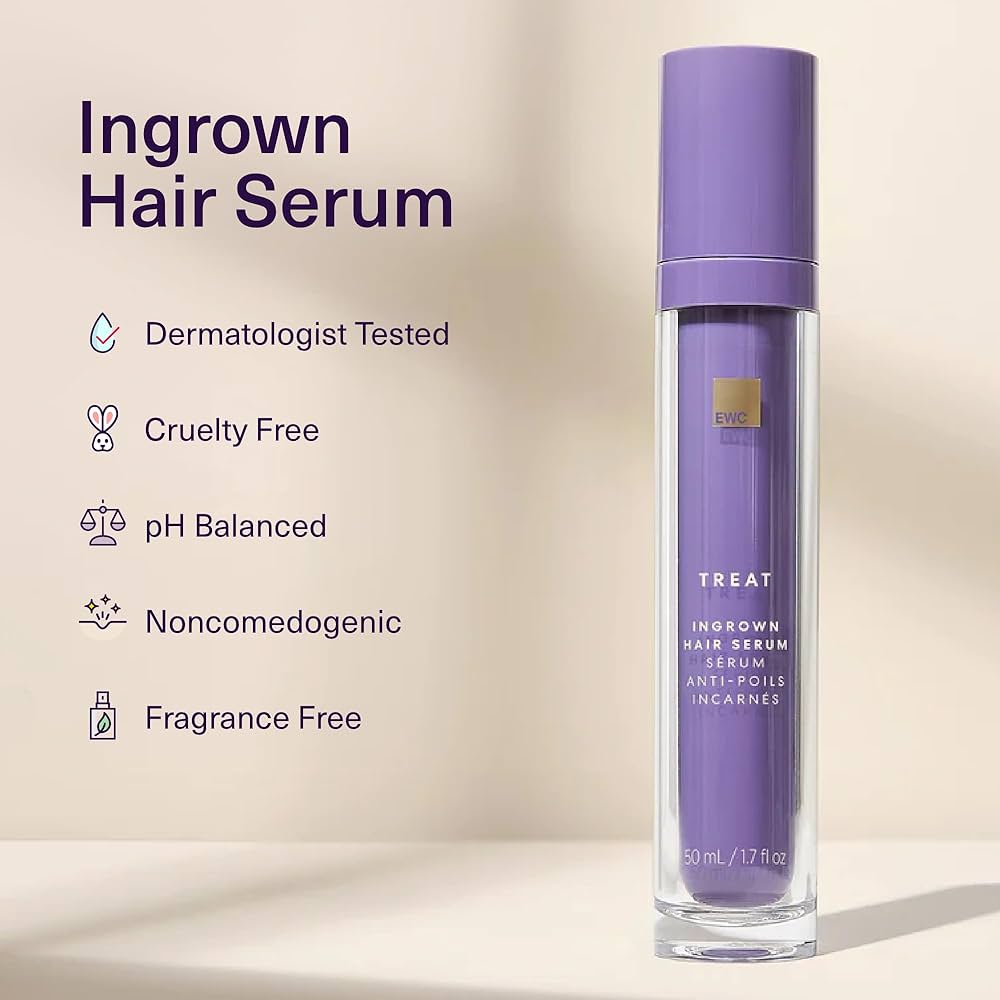
Time it! Set a timer on your phone. Most serums need 3- minutes, but start checking at minutes. You can always leave it on longer, but you can't undo over-toning without professional help.
Rinse with cool water - this seals everything in and prevents the purple from bleeding all over your towels.
Common Mistakes That Will Ruin Your Day
- Using it on completely dry hair (the pigments can't penetrate properly)
- Using way too much product (more isn't better, trust me)
- Forgetting to set a timer (hello, accidental gray hair)
- Applying it right after bleaching (your hair is too vulnerable)
Why Your Hair Gets Brassy in the First Place
This part is actually pretty fascinating once you understand it. When you bleach your hair, you're essentially stripping out all the natural color pigments. But some pigments are more stubborn than others.
Yellow and orange pigments are like that friend who won't leave your party - they hang around long after everything else is gone. The darker your natural hair, the more of these stubborn pigments you're dealing with.
But here's what's really annoying - even after you get your hair perfectly toned, brass can come back. Sun exposure breaks down the cool pigments faster than the warm ones. Chlorine from pools, minerals in your water, even some styling products can gradually shift your color back toward brassy territory.
That's why maintenance is so important. It's way easier to prevent brass buildup than to fix it once it's noticeable.
Reading Labels Like a Pro
Most people buy purple serums based on the pretty packaging or price point. I get it - I used to do the same thing. But once you know what to look for on ingredient lists, shopping becomes so much easier.
The good stuff to look for:
Multiple violet pigments listed in the first few ingredients. If purple dye is listed way down at the bottom, you're probably getting purple-tinted conditioner, not a real toning treatment.
Conditioning ingredients like keratin proteins, natural oils, or vitamins. Purple serums can be drying, so you want something that's going to counteract that.
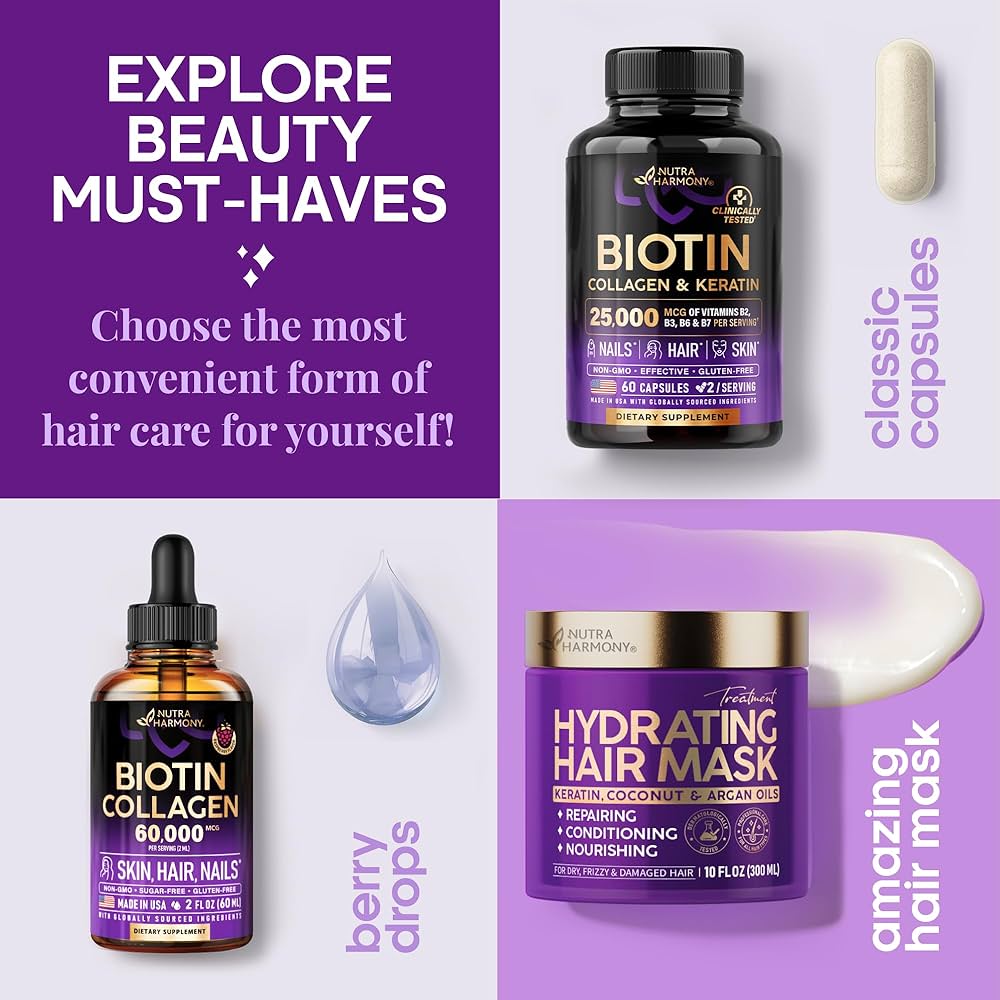
pH adjusters - look for things like citric acid or sodium hydroxide. These keep the formula at the right acidity level for your hair cuticles.
Red flags to avoid:
- Sulfates as primary ingredients (too harsh for color-treated hair)
- Alcohol high up on the ingredient list (super drying)
- Vague terms like "purple complex" without specifics
- Products that don't list their violet pigments at all
Creating Your Maintenance Routine
Here's where I had to learn some patience. When your hair is looking brassy, the instinct is to use purple serum every day until it's fixed. Don't do this. You'll end up with muddy, over-processed hair that looks worse than when you started.
Instead, think of purple serum like a supplement - consistent, moderate use works better than sporadic intensive treatments.
For most people, 2- times per week works perfectly. If your hair is fine or damaged, start with once or twice weekly. If you have thick, resistant hair, you might need to use it more frequently at first.
Seasonal adjustments are important too:
Summer = more purple serum. The sun is constantly working against you, breaking down those cool tones. I usually increase my usage by about 50% during peak summer months.
Winter = back off a bit. Less sun exposure means less brass development, plus indoor heating can make hair drier, so you don't want to overdo it with potentially drying toning products.
Troubleshooting When Things Go Wrong
Even with the best products and techniques, sometimes things don't go as planned. Here are the most common issues I've encountered (and yes, I've experienced all of these personally):
Over-toning nightmare: Your hair looks purple or gray instead of blonde. This happened to me spectacularly once - I looked like I belonged in a Tim Burton movie.
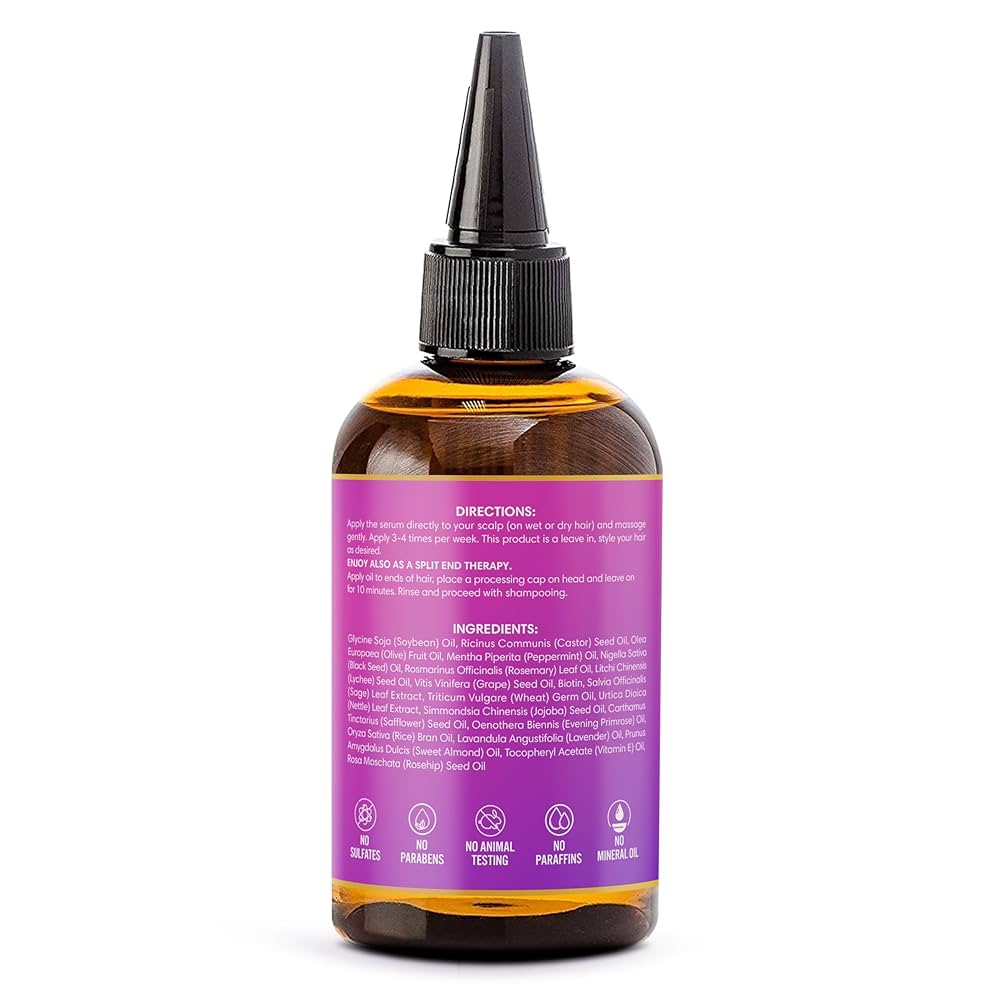
The fix: Clarifying shampoo is your friend. Use it 2- times to strip out excess purple pigments. Then take a break from purple products for at least a week while your hair recovers.
Patchy, uneven results: Some sections look great, others still brassy. This usually happens because of uneven application or different porosity levels in your hair.
Solution: Map out your hair's quirks. Make notes about which areas need extra attention. Next time, adjust your application accordingly.
No results at all: You're using the serum religiously but seeing zero improvement. This is frustrating but usually fixable.
Try upgrading to a stronger concentration, or check the expiration date - purple pigments can lose potency over time, especially if the bottle isn't stored properly.
The Money Talk
Let's be honest about costs here. Quality purple serums aren't cheap, but when you break down the actual cost per use, the math usually works in favor of the better products.
A $ serum that works in one application versus a $ serum you have to use five times to see results... well, you do the math.
Plus, effective serums usually contain conditioning ingredients that reduce your need for separate deep conditioning treatments. When I factor in all the other products I don't have to buy, the premium serums often cost less in the long run.
Questions Everyone Asks
How often should I really be using purple serum?
Start with 2- times per week and adjust based on your results. Fine hair might need less, coarse hair might need more. Pay attention to how your hair responds rather than following rigid schedules.
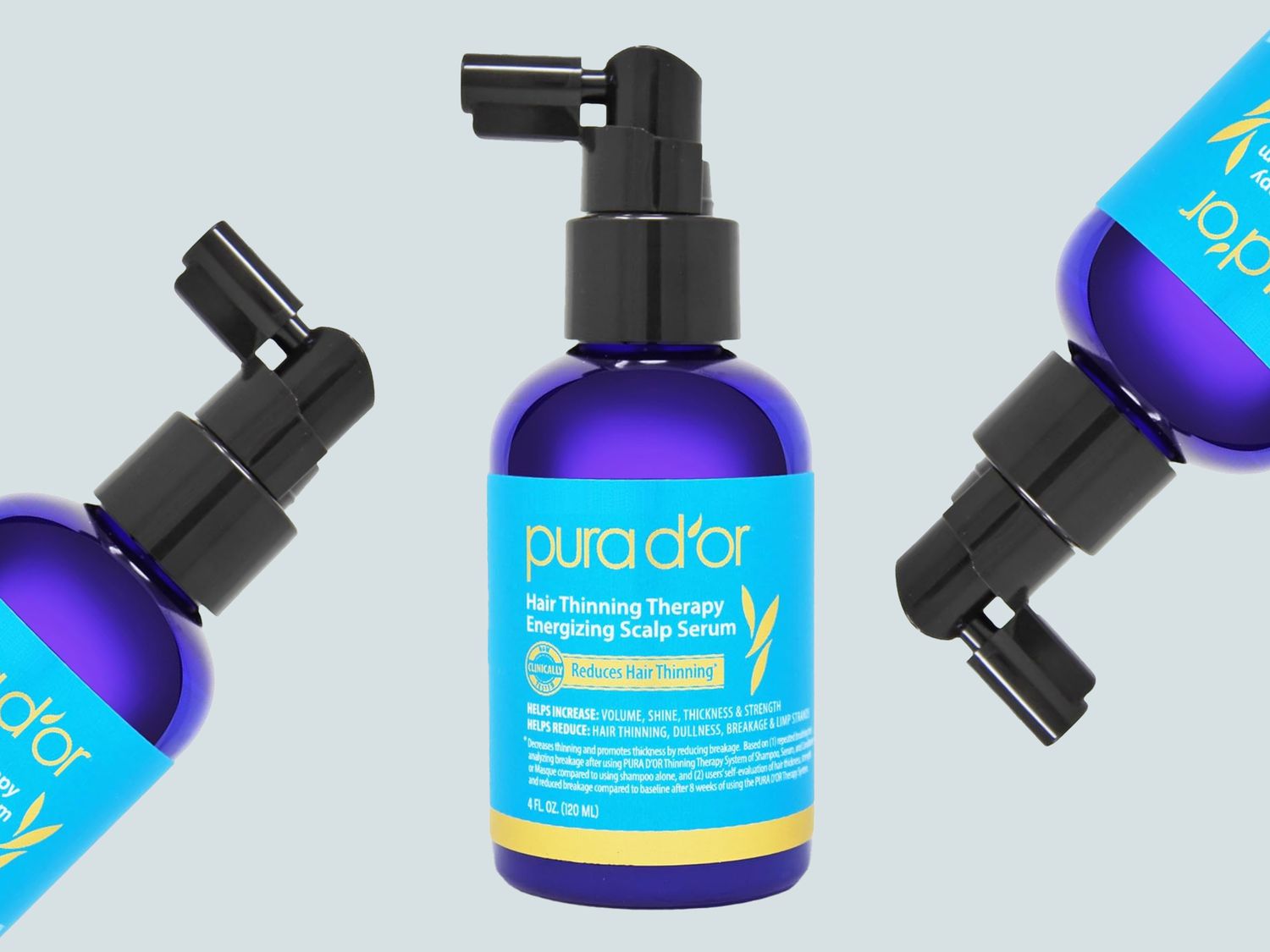
Can this stuff actually damage my hair?
Quality serums with conditioning ingredients shouldn't cause damage when used correctly. The problems come from overuse or leaving products on too long. Always set that timer!
Why did my serum stop working suddenly?
This happens more often than you'd think. Usually it's because the product has expired, been stored incorrectly, or your hair's needs have changed. Sometimes switching products temporarily can "reset" your hair's response.
Is expensive always better?
Not necessarily. Some of our best-performing serums were mid-range products. Focus on ingredient quality and concentration rather than price tags.
Can I use purple serum if I haven't bleached my hair?
It won't hurt you, but it probably won't do anything visible either. Purple serums are specifically designed for lightened hair with yellow undertones.
Finding a purple hair serum that actually works doesn't have to be a frustrating guessing game. Once you understand what makes these products effective and how to use them properly, maintaining beautiful blonde hair becomes manageable - maybe even enjoyable.
The key is being patient with the process and realistic about expectations. No purple serum will turn orange hair platinum in one use, but the right product used consistently can absolutely transform brassy, unflattering blonde into the cool-toned color you're dreaming of.
